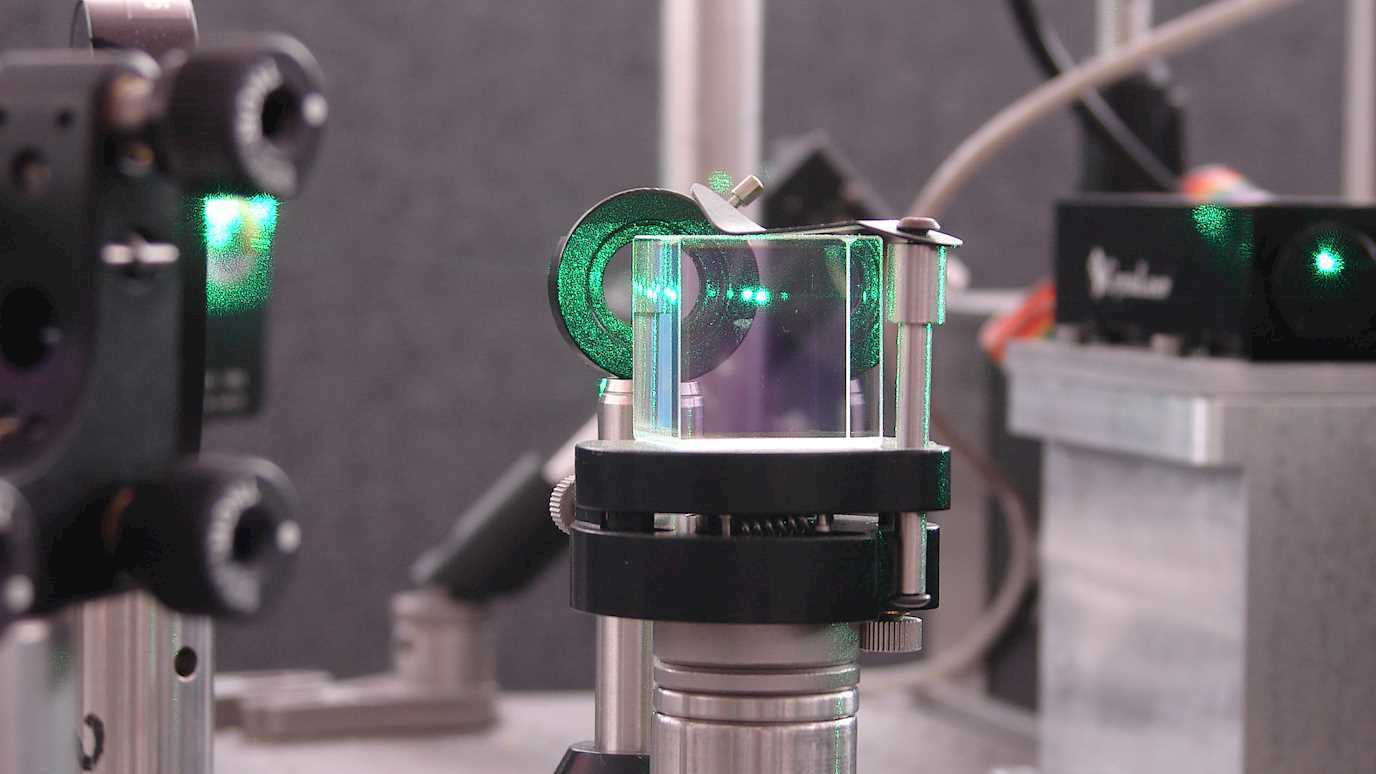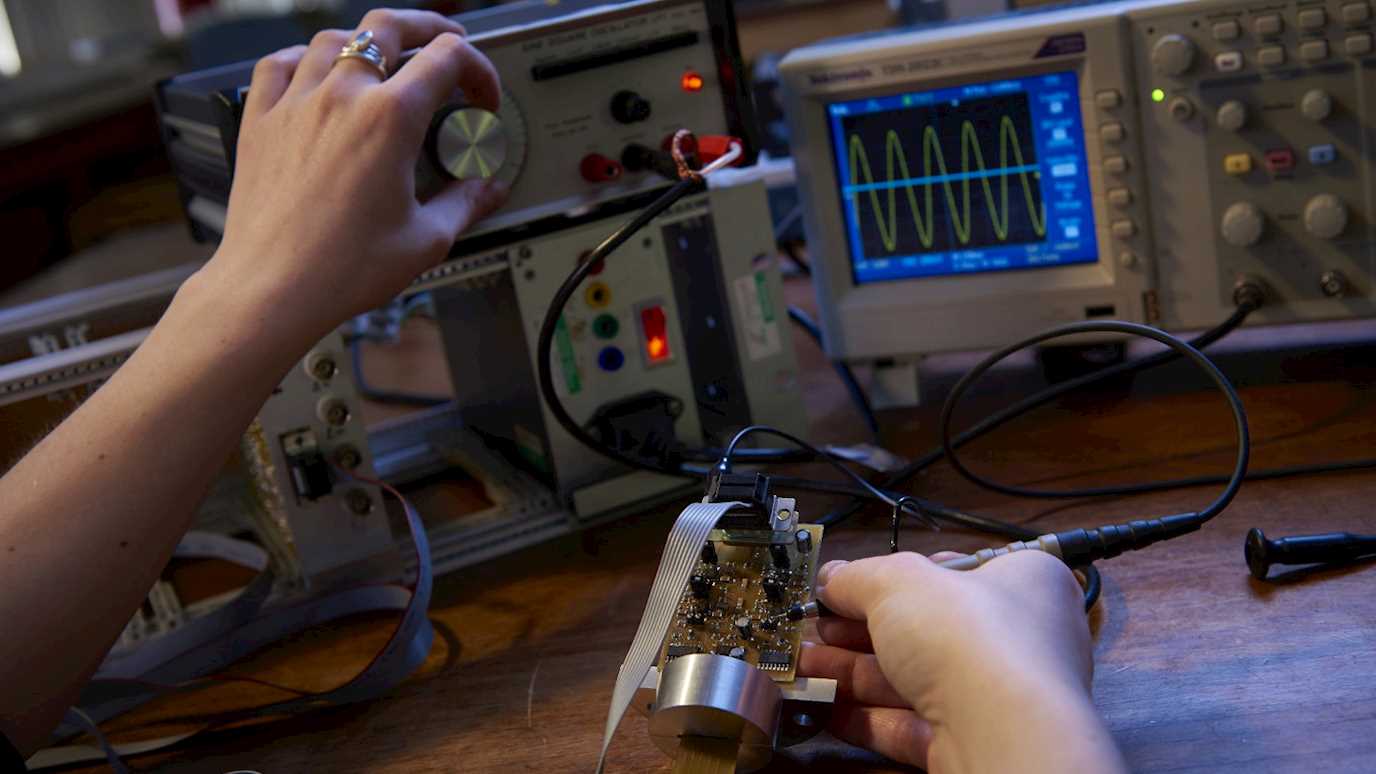About
Nano-electronics is an emergent interdisciplinary area covering a diverse range of advanced electronic materials and devices, with the common characteristic that they are so small that dimensional effects, inter-atomic interactions and quantum phenomena need to be studied extensively. Our team performs cutting-edge research on a set of low dimensional quantum materials and devices with the aim of revealing new physics and translating experiments into life-changing technologies.
For more details, please visit our complete research profile on PURE.
What we do
Our research covers a diverse set of advanced electronic materials particularly in their nano-forms. For applied materials, the spin ordering has long been investigated within the context of conventional ferromagnetic metals and their alloys, while the study of spin generation, relaxation, and spin-orbital engineering in non-magnetic materials has taken off rather recently with the advent of spintronics (spin-electronics) and it is here that many novel material systems can find their greatest potential in both science and technology. In the pursuit for such goals, the intrinsic material properties are important indicators and the artificially synthetized hybrid systems are valuable models for studying spin-dependent phenomena and could potentially be used as actual components for an eventual logic device.
What we use
The experimental side of the research today has marched to a historical point where the paramount urgency is to use materials of the highest perfection and homogeneity and detection tools with atomic sensitivity. At the Nano Group, we perform world-class research using a set of state-of-the-art techniques to produce designer materials and ‘see’ deep inside the atoms using the synchrotron-radiation based high resolution x-rays. We routinely work at the national facility SuperFab Nanocentre and Harwell Campus, and collaborate with worldwide universities and research institutes.
Selected publications
Bryan et al. “Metachronal waves in magnetic micro-robotic paddles for artificial cilia”, Nature Communication Materials 2, 14 (2021)
Liu et al. “Light-Tunable Ferromagnetism in Atomically Thin Fe3GeTe2 Driven by Femtosecond Laser Pulse”, Physical Review Letters 125, 267205 (2020).
Liu et al. “Two-dimensional ferromagnetic superlattices”. National Science Review, 7, 745 (2020)
Liu et al. “Experimental observation of dual magnetic states in topological insulators”, Science Advances 5, eaav2088 (2019)
Liu et al. “Hybrid Spintronic Materials: Growth, Structure and Properties”, Progress of Material Science 99, 27 (2018).
Bryan et al. “Nanoscale switch for vortex polarization mediated by Bloch core formation in magnetic hybrid systems”, Nature Communications 6, 7836 (2015)
Liu et al. “Atomic-Scale Magnetism of Cr-Doped Bi2Se3Thin Film Topological Insulators”, ACS Nano 9, 99 (2015).
Liu et al. “Enhancing Magnetic Ordering in Cr-Doped Bi2Se3 Using High-TC Ferrimagnetic Insulator”, Nano Letters 15, 764 (2015).
Liu et al. “Ferromagnetic Interfacial Interaction and the Proximity Effect in a Co2FeAl/(Ga,Mn)As Bilayer”, Physical Review Letters 111, 027203 (2013).
Our signature projects
2D materials. Van der Waals materials and their heterostructures 2D systems are one of the most exciting classes of materials due to the wealth of exceptional physical properties that occur when charge, spin and heat transport are confined to a plane. Their unique 2DEG-like behaviour not only enriches the world of low-dimensional physics, but also provides a platform for transformative technical innovations.
3D magnetism. Reducing the size of magnetic materials down to the nanoscale enables the magnetization configuration to be controlled. We are examining how this control can be extended through nanoscale design of a structure in three dimensions. Layering materials causes imprinting of characteristics of one layer into another. This enables magnetic properties to be tailored, creating devices with new functionality.
Magnetic Micro-robots. Magnetic micro-robots that can be actuated within fluids have grown into a thriving field of research due to their potential medical applications in drug delivery and microsurgery. Due to the microscale dimensions of these robots, viscosity dominates over inertial motion, a regime characterized by a low Reynolds number. Control over the actuation sequence of the robots enables the limitations imposed by operating in a low Reynolds number environment to be overcome.





















